06 September 2022
A Guide’s Guide to the Somme: Connaught Cemetery
Our whistlestop tour of the Somme’s war cemeteries and memorials continues. This time Guide Jordan Spratt steps up to give us a look at the history of Connaught Cemetery.
I think you should visit Connaught Cemetery

Image: Rows of headstones at Connaught Cemetery
Situated almost directly opposite the Ulster Tower, as well as a stone’s throw from the Thiepval Memorial, Connaught Cemetery is ideally located for a visit.
In the case of the former, the war cemetery provides a great insight into some of the individuals and regiments that made up the 36th Ulster Division.
These Ulstermen fought and fell on the land on which Connaught Cemetery and the memorial tower sit, battling to try and take the Schwaben Redoubt and further German positions just north-east of both locations on 1st July 1916.
The most common regiment represented in the cemetery is the 36th Division, but you will still find many different soldiers of regiments from across the UK.
Most graves in Connaught were concentrated post-war, either from nearby smaller cemeteries or as bodies continued to be found.
The site entered operations as a battlefield cemetery in the autumn of 1916, predating both of its neighbouring memorials.
The original burial number at the time of the Armistice was 228.
Plot 1, at the front and centre of Connaught, encompasses almost all.
Today, total burials stand at 1,288 graves across 13 different plots, showcasing how the work of burying and commemorating the dead carried on long after the war’s end.
The story of Sergeant David Harkness Blakey
 Image: Sergeant David Harkness Blakey © IWM
Image: Sergeant David Harkness Blakey © IWM
The story of Sergeant David Harkness Blakey is a testament to how the Commonwealth War Graves Commission’s work continues to this day.
Blakey – who came from Gateshead in England – served with the Royal Inniskilling Fusiliers, an Irish regiment of the 36th Division.
It was in Thiepval Wood, which bordered the cemetery, that Blakey and his other “Ulstermen” were entrenched before heading out into No Man’s Land on 1 July 1916.
Sadly, David, like so many of his regiment, was not to be seen again after that day. It was assumed he had become one of the many tens of thousands of casualties missing throughout the Somme battlefields.
That was true until 97 years after David’s death when his body was recovered from just outside Connaught’s boundary wall during road works in 2013.
David was identified thanks to a homemade metal tag that had miraculously survived the long years until his rediscovery. David received a full military burial service in 2015 and now lies in Plot 5, Row A, Grave 13, alongside two unknown soldiers he was discovered with.
Connaught Cemetery features you should check out
Connaught features both a Stone of Remembrance and a Cross of Sacrifice, the two ubiquitous CWGC cemetery structures. The latter has its own elevated platform at the back of the cemetery and provides a great view of the whole site.
 Image: One of Connaught's special memorial headstones
Image: One of Connaught's special memorial headstones
At both far ends of the cemetery you will find special memorial headstones and arrangements that pay tribute to soldiers who are either known, or not with certainty known, to be buried within Connaught. These are two great examples of how individuals may be commemorated in a cemetery without necessarily being buried therein.
Should you be on your way to or back from visiting Thiepval Memorial then take a moment to appreciate Connaught’s scale. Thiepval encompasses 56 stone faces across its 16 pillars which serve to depict the 72,000 names of the missing. Roughly 1,300 names sit on each Thiepval panel, just a little less than the total number of graves in Connaught. The cemetery’s size provides a fantastic visual reference for comprehending just how many soldiers are commemorated on just one face of the memorial. Imagine that size 56 times over in order to appreciate just how big a space one would need to bury all the missing of Thiepval together!
My connection to the Somme
 Image: CWGF Guide Jordan Spratt
Image: CWGF Guide Jordan Spratt
Though I was quite unfamiliar with the Somme as a location as well as its history before working here for the CWGC, I now appreciate what a special place it is.
The Somme has clearly become a place of pilgrimage for so many, either to connect personally or more broadly to the past.
Being witness to, and then even being able to, help people along this journey has been an immense privilege, which is the sort of meaningful experience I was hoping to have when I first applied for the role. The spirit of remembrance is so palpable across the land and should be preserved forevermore lest the loss of so many lives be forgotten.
Learn more about our Guides
The CWGF Guides Programme is our way of giving young history enthusiasts the chance to get out in the field to discover and share the stories of our war dead.
They become the eyes and ears of the Commission and Foundation on the ground at key sites in France and Belgium.
Visit our Guides page to learn more.

